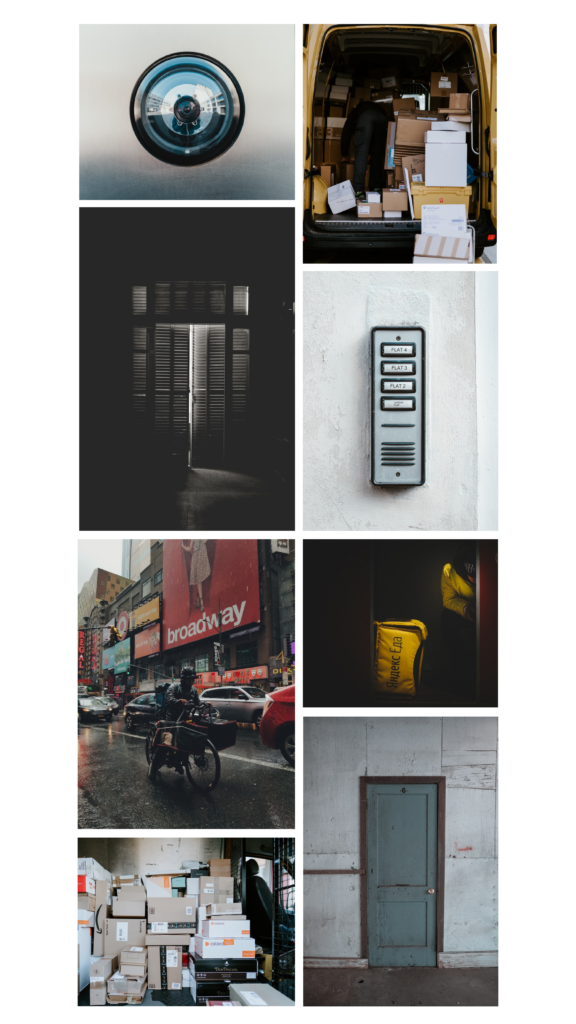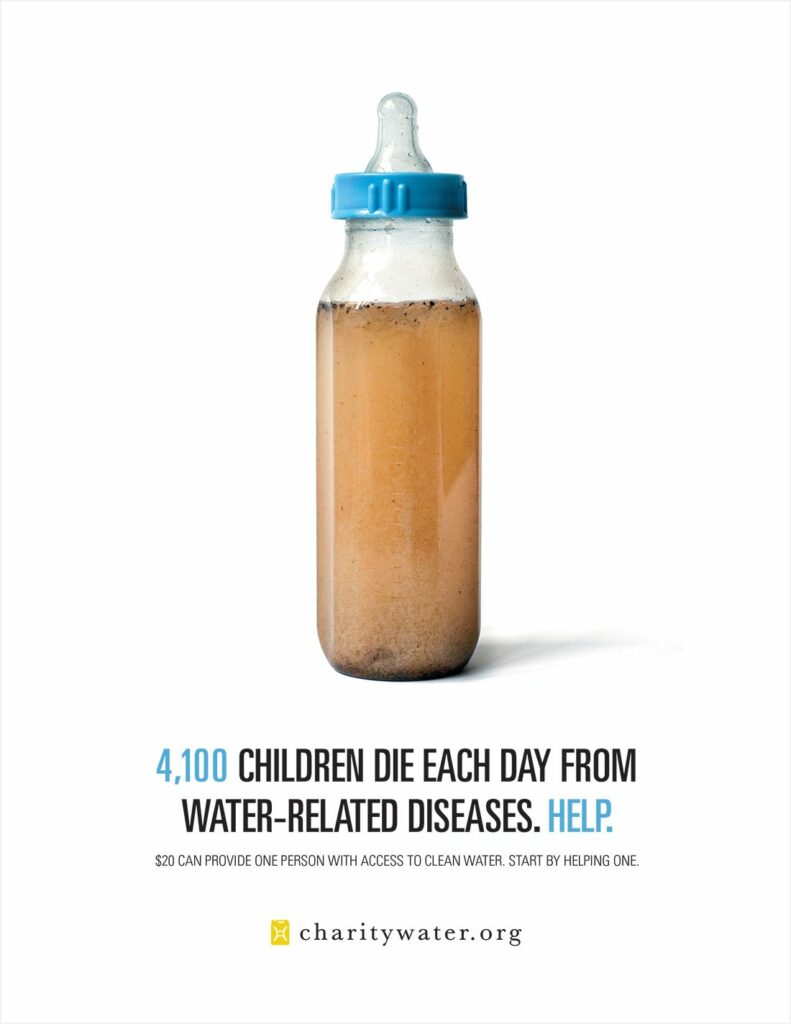Speaking of an extended product life cycle through joyful design in my last blogposts, we come to another important aspect that can enhance a products life: designing for prolonged pleasure.
The research paper “Enjoying Joy: A Process-Based Approach to Design for Prolonged Pleasure” by Anna E. Pohlmeyer deals on how to sustain and optimize positive emotions derived from a positive experience.
It is a fact that initial emotions fade over time because people eventually adapt to changes. This phenomenon of reduced affective intensity is called hedonic adaptation. Hedonic adaption can lead people to constantly desire something new without reaching lasting satisfaction—which is a huge problem of our “throw-away-society”.
Design for savoring
According to Pohlmeyer there is an approach of designing joyful experiences called “design for savoring”. Design for savoring is not only about providing pleasurable experiences, but it is also about optimizing these by appreciating the enjoyment. As a result, positive emotions of a given positive event can be increased in intensity and duration. Pohlmeyer also stated that savoring positive experiences can be understood as the counterpart of coping with negative experiences. However, design for savoring is less a matter of how experiences are designed, but rather of how a person deals with the resulting emotional experience. Savoring up-regulates positive emotions in order to extract an optimum level of positive emotions from an event and has been shown to counteract hedonic adaptation—the tendency of us mere humans to quickly return to a relatively stable level of happiness—and contribute to people’s well-being. Therefore, design for savoring, especially is a promising concept to consider in UX. [1]
Intensifying and Prolonging Positive Emotional Experiences through Design
Speaking of design for savoring, the question on what can be done to intensify positive emotional experiences raises. According to Nélies [2] there are four broad categories of savoring strategies:
a) behavioral display of positive emotions
b) focusing attention on the present moment
c) capitalizing, i.e. sharing with others,
d) positive mental time travel, i.e. vividly anticipating or remembering positive events.
These thoughts and behaviors have been shown to favorably affect the intensity and duration of positive feelings, which means that they can serve as valuable guides in design.
“Similarly, reliving an experience and the associated emotions in memory – be it a nostalgic recollection of the good old days or realizing what a loyal companion one’s laptop has been – reinforces pleasure efficiently and effectively. In this vein, it is also noteworthy to mention that positive emotional experiences can be enhanced not only in the moment but also in prospect and retrospect, e.g. by sharing with others. Hence, by looking into the underlying processes of experiencing pleasure, opportunities arise to proactively design for longer-term and enhanced positive experiences.” —Pohlmeyer
It is obvious that how we look at and interpret our world, hence, what we devote our attention to, affects our experiences and our well-being. When designing for joyful experiences it is therefore crucial to direct attention to the positive and to consider how positive emotions can be prolonged by increasing the intensity and duration of pleasure derived from positive experiences, rather than striving for a fast-paced consumption behavior of constant novelty seeking. [3]
Sources
[1] Nélis, D., Quoidbach, J., Hansenne, M., and Mikolajczak, M. Measuring individual differences in emotion regulation: The Emotion Regulation Profile- Revised (ERP-R). Psychologica Belgica, 51 (2011), 49- 91.
[2] Pohlmeyer, Anna E.: Enjoying Joy. A Process-Based Approach to Design for Prolonged Pleasure. Helsinki. 2014
[3] ebda.









